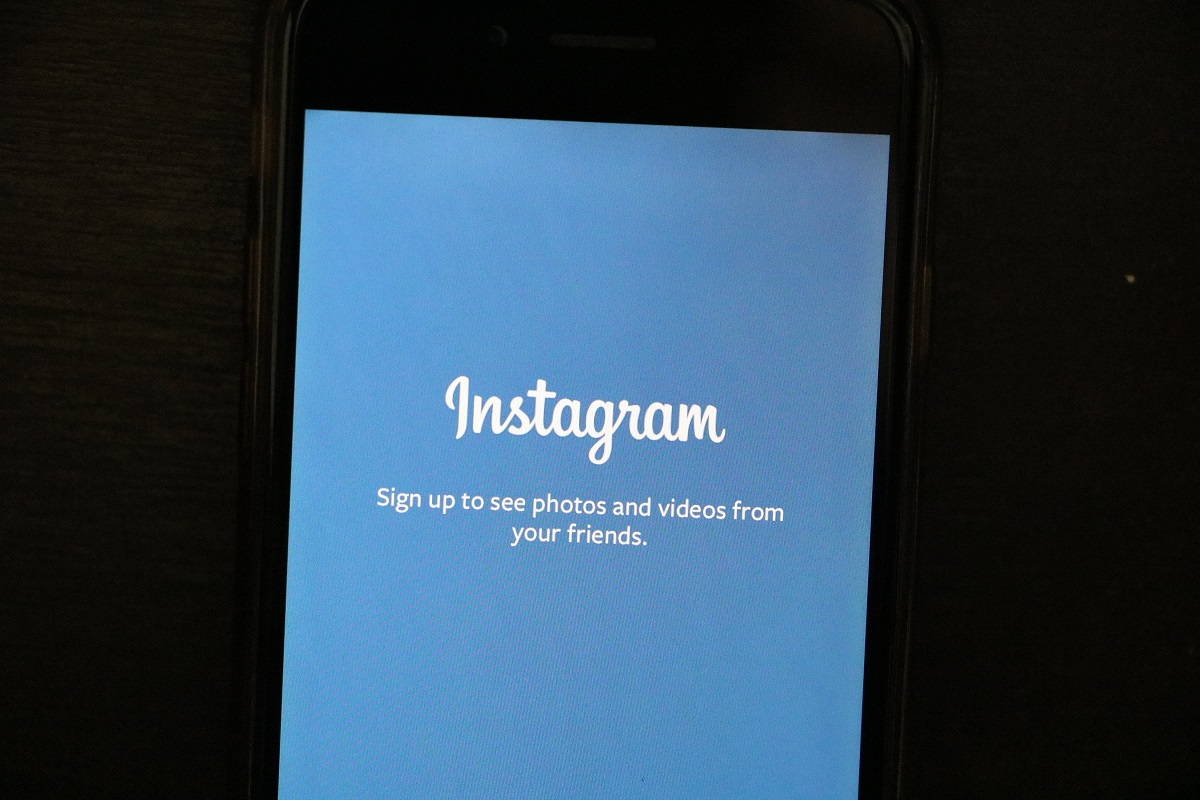Looking to Prevent Instagram from Tracking Your Online Activities may not be a major concern for you. Yet, it should be. We use Instagram for various uses from brand awareness to Instagram for Business.
In the realm of social media, Instagram stands out as a colossal money-making machine, contributing significantly to its parent company, Facebook. Though specific figures aren’t disclosed, reports suggest that Instagram raked in a staggering $20 billion in advertising revenue in 2019, a quarter of Facebook’s annual revenue and even surpassing YouTube’s contribution to parent company Alphabet.
The Power of Advertising and Data
At the core of Instagram’s financial triumph lie two pivotal elements: relentless advertising, particularly within its Stories feature, and the extensive data fueling its targeted ad strategies. Instagram, intertwined with Facebook through integrations, utilizes your personal information to curate ads tailored to what it believes will capture your interest. This information encompasses your in-app and Facebook activities, phone usage, and online behavior outside Facebook’s dominion.
In essence, almost every action on Instagram is meticulously tracked. Each thumb-scroll through your feed provides valuable insights into your behavior, allowing Instagram to know, for instance, that you spent a significant chunk of a sleepless night delving into your high-school crush’s profile.
Data beyond Advertising
It’s essential to note that the data collected by Instagram isn’t solely for advertising purposes. The platform employs this information for various functions, including detecting suspicious log-in attempts, identifying bugs through crash reports, and refining the app by discontinuing features like the Following tab, which showcased publicly liked posts.
Despite the pervasive tracking, short of deleting the app entirely, there are measures you can take to limit the data collected and control the types of ads you encounter.
1. Peek into Your Data
To gain visibility into the information Instagram has amassed about you, head to the app’s settings and tap on the security option. Explore the “Access Data” section to view details such as password changes, email addresses, phone numbers associated with your account, and insights into your app usage, including interactions with polls, followed hashtags, and bio changes.
2. Delete Select Data
While Instagram allows you to view various categories of collected data, your ability to act upon it is limited. For instance, you can clear your search history, but Instagram retains the knowledge of your searches. Uploading contacts to Instagram for friend suggestions can be managed through settings but does not prevent new contacts from being added.
3. Take Control of Location
Given that Instagram is predominantly a mobile app, managing its location tracking is crucial. Review your phone settings to ensure that Instagram’s location gathering is aligned with your preferences. On both Android and iOS, you can customize location access settings, permitting it all the time, only during app usage, or never.
4. Navigate the Ad Maze
Instagram’s ad onslaught, fueled by Facebook’s ad-serving infrastructure, often feels overwhelming. The data for these ads is sourced not just from your Instagram activity but also from your online ventures beyond Facebook, thanks to the ubiquitous Facebook Pixel.
To manage your ad preferences, explore the Settings tab within the Instagram app. Delve into ad activity to review your engagement history. If an ad doesn’t align with your preferences, you can hide or report it. However, for more robust control, you’ll need to navigate to Facebook’s ad preferences page. Adjust settings related to your interests, businesses targeting you, and ad settings to influence the ads visible on Instagram.
The Ultimate Decision: Delete Instagram
If the deluge of ads and data tracking becomes intolerable, the nuclear option is deleting the Instagram app. Keep in mind that deleting the app doesn’t erase your account; you must visit the account deletion page for that. Alternatively, temporarily disabling your account is an intermediate step if you need a break.
In the intricate web of Instagram’s data ecosystem, these steps empower users to reclaim a modicum of control. While the allure of the platform persists, users can navigate its landscape with greater awareness and agency over their data and ad experiences.
Follow Techolds for more details!





